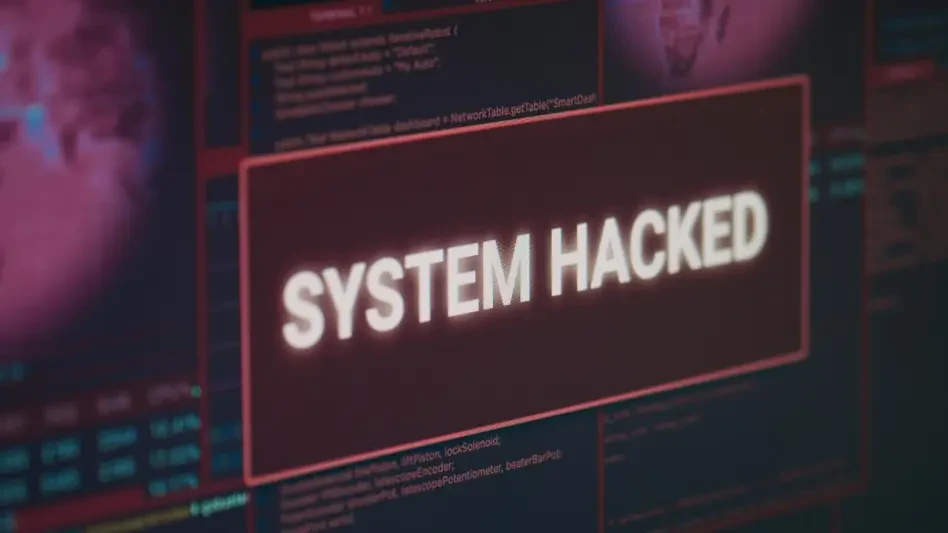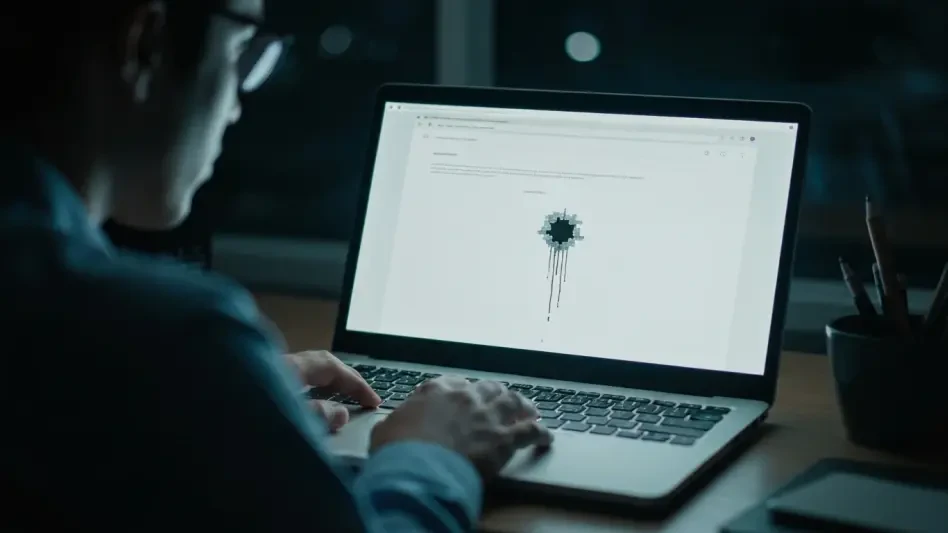Imagine a digital fortress housing sensitive data for thousands of businesses worldwide, only to discover that a hidden flaw could allow attackers to seize control with alarming ease. This is the reality for over 30,000 internet-exposed CrushFTP servers grappling with a critical zero-day vulnerability, known as CVE-2025-54309. With exploitation attempts already underway, the cybersecurity community is abuzz with concern and urgency. This roundup dives into diverse perspectives from industry experts, researchers, and security firms to unpack the threat, compare differing views on its implications, and offer actionable strategies for safeguarding systems.
Understanding the CrushFTP Zero-Day Vulnerability
What Makes CVE-2025-54309 So Dangerous?
Insights from various cybersecurity research groups highlight the severity of this flaw, which stems from a race condition exploitable through over 1,000 precisely sequenced HTTP requests. Reports suggest that attackers can gain “crushadmin” access, effectively taking full control of affected servers. This level of access poses a dire risk, enabling data theft or complete system hijacking with minimal barriers to entry for skilled threat actors.
Another angle from security analysts focuses on the persistence required for such an attack. Unlike simpler exploits, this one demands meticulous timing and repetition, indicating a high degree of sophistication among attackers. Such observations underscore the evolving nature of cyber threats, where patience and technical prowess combine to bypass even robust defenses.
A contrasting perspective from software security forums emphasizes that while the exploit is complex, its discovery through reverse-engineering of prior fixes reveals a broader issue in code management. Discussions point to the need for developers to obscure patch details or accelerate update cycles to stay ahead of malicious actors who dissect updates for weaknesses.
Real-World Impacts and Exploitation Trends
Feedback from incident response teams reveals chilling accounts of exploitation attempts already in progress against CrushFTP servers. The potential for unauthorized data access threatens businesses globally, with some experts noting parallels to other high-profile breaches where unpatched flaws led to massive leaks. This paints a stark picture of the stakes involved if mitigation lags behind.
Differing opinions emerge on the scale of impact, with some cybersecurity blogs arguing that niche platforms like CrushFTP might not attract widespread attacks compared to mainstream software. However, others counter that the very obscurity of such systems can make them appealing targets, as administrators may overlook timely updates under the false assumption of low risk.
A third viewpoint from threat intelligence networks stresses the documented rise in server hijacks linked to this vulnerability. By comparing this incident to similar zero-day exploits in other ecosystems, these sources warn that delayed responses could cascade into broader disruptions, especially for organizations reliant on file transfer systems for daily operations.
Broader Patterns in Zero-Day Exploits
How CrushFTP Fits into a Larger Threat Landscape
Cybersecurity think tanks have weighed in on how this incident mirrors a wave of zero-day attacks targeting diverse platforms, from mobile apps to enterprise tools. Many note that the CrushFTP case aligns with vulnerabilities like those recently patched in major software ecosystems, reflecting a universal challenge of staying ahead of attackers who exploit unpatched flaws.
A differing stance from industry webinars suggests that while the mechanics of such exploits vary, the underlying issue of reverse-engineering patches remains a common thread. Some participants argue that this trend demands a shift in how companies disclose and deploy fixes, advocating for less transparency in patch notes to deter malicious analysis.
Additional input from global security reports points to regional disparities in vulnerability exposure, with certain areas like East Asia facing heightened risks due to outdated systems often exploited in cyberespionage. These findings challenge the notion that only widely used software is at risk, urging a reevaluation of security priorities across all platforms, regardless of their market share.
Evolving Tactics of Cybercriminals
Observations from malware analysis groups reveal a growing sophistication in attacker methods, particularly in how they target specific software weaknesses. The CrushFTP exploit exemplifies this, as adversaries meticulously sequence requests to bypass safeguards, a tactic seen increasingly across different attack vectors.
On the other hand, some security consultants argue that while tactics are advancing, the root cause often lies in predictable delays in patch adoption. Their perspective shifts focus toward user behavior, suggesting that even the most advanced exploits can be thwarted if organizations prioritize rapid updates over reactive measures.
A balanced view from online security panels indicates that the cat-and-mouse game between developers and attackers is intensifying. These discussions highlight the need for predictive threat modeling, where potential flaws are identified and mitigated before they can be weaponized, rather than relying solely on post-exploit fixes.
Protective Strategies and Best Practices for CrushFTP Users
Immediate Steps to Mitigate Risks
Consensus among security advisories stresses the urgency of updating CrushFTP to the latest versions to address CVE-2025-54309. Recommendations include implementing robust patch management protocols to ensure no system remains exposed longer than necessary, a critical step given the active exploitation of this flaw.
Further tips from IT security communities advocate for minimizing server exposure to the internet wherever possible. Suggestions include using firewalls or VPNs to restrict access, alongside continuous monitoring for unusual activity that could signal an attempted breach, providing a layered defense against potential attacks.
A practical takeaway from collaborative forums is the value of leveraging threat detection tools and resources from research entities. These tools can help identify suspicious patterns early, enabling administrators to act before an exploit fully materializes, thus reducing the window of vulnerability for affected systems.
Long-Term Security Enhancements
Beyond immediate fixes, insights from cybersecurity workshops emphasize the importance of fostering a culture of proactive defense. This includes regular training for IT teams to recognize and respond to emerging threats, ensuring that human error does not compound technical risks.
Another perspective from software security blogs calls for deeper collaboration between vendors and users. Encouraging transparent communication about vulnerabilities, as demonstrated by CrushFTP’s acknowledgment of the issue, can build trust and accelerate collective responses to threats, setting a standard for other companies to follow.
A final recommendation from industry roundtables focuses on integrating automated update systems into infrastructure. Such systems can streamline the patching process, reducing reliance on manual intervention and ensuring that defenses keep pace with the rapid evolution of cyber threats targeting enterprise software.
Reflecting on a Critical Cybersecurity Challenge
Looking back, the discussions surrounding the CrushFTP zero-day vulnerability, CVE-2025-54309, illuminated a pressing challenge that demanded swift action from the cybersecurity community. The diverse insights gathered from researchers, analysts, and industry forums painted a comprehensive picture of both the immediate dangers and the broader implications for digital security. Moving forward, organizations were encouraged to adopt a multifaceted approach by not only applying urgent software updates but also investing in long-term strategies like automated patch deployment and staff training. Exploring further resources on zero-day mitigation and staying engaged with threat intelligence networks could provide additional layers of protection, ensuring resilience against future exploits in an ever-shifting threat landscape.








